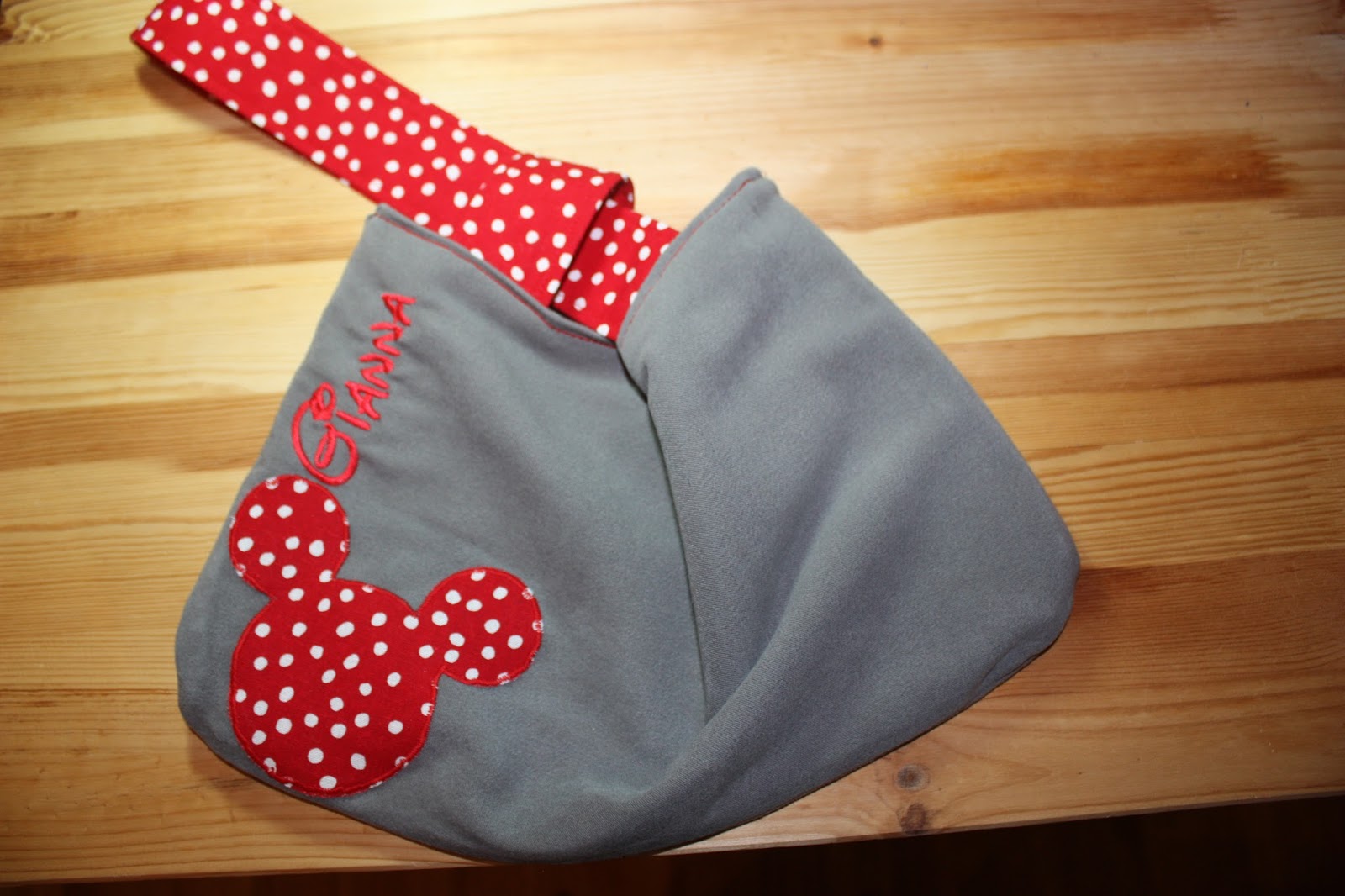A dear friend of mine was turning 40. I didn't know what to get for the girl that has everything. I turned to my crafting skills to make her something special and personal...
My intention was to do glass etching on beer glasses. So, I headed over to Pier 1. (I don't shop their often, but I had a gift card to use!) I perused through their clearance section to see if there were any beer glasses up for adoption. Then, lo and behold, I stumbled upon my future project: 12 shot glasses for $8. They came with 12 little spoons, too. So, I guess they are actually little appetizer thingies. Gotta love dual purpose items!
There was nothing wrong with the shot glasses other than it was missing the box. And this just gives me the opportunity to craft a nice gift box!
 |
| 12 shot glasses w/spoons; 75% off at Pier 1 |
Step 1: Figure out what to etch onto the glasses.
This is the fun part! I spent a couple of hours just playing around with different designs. I tried to choose designs that represented the birthday girl.
Step 2: Cut out the stencils.
After I came up with 12 different designs, I used my silhouette to cut out the stencils. Then I covered the stencil with transfer paper. This is the easiest way to transfer your designs perfectly onto the glasses.
Step 3: Wash the glasses.
Before, applying the stencils to the glasses, I washed the glasses with dish soap to remove any debris or fingerprints. Then used a towel to dry them.
Step 4: Apply stencil to the glasses.
Remove the backing of the stencil and adhere them to the glass. Then remove the transfer paper from the top.
Step 5: Apply painters tape around the stencil.
To avoid accidentally etching the surrounding area, border the stencil with painters tape.
 |
| All taped and ready to be etched! |
I picked up Armour Etch from Michael's with a 40% off coupon. Use a popsicle stick to liberally apply it over the stencil. Be careful that it doesn't drip onto any unwanted areas.
Step 7: Wait 5 minutes.
After I applied all the etching cream to all of the glasses, I waited 5 minutes.
 |
| 5 minute break |
Using warm water, rinse the etching cream off of the glasses.
 |
| Pics after the etching cream was rinsed off |
Step 9: Remove the painters tape and stencil from the glasses.
Step 10: Sit back. Say 'Oooh'. Then say 'Aaaaah'.
















































